Welcome!
We charter professionally crewed, luxury yachts throughout the Caribbean from the British Virgin Islands (BVI) to the Grenadines!
Yachts for Charter
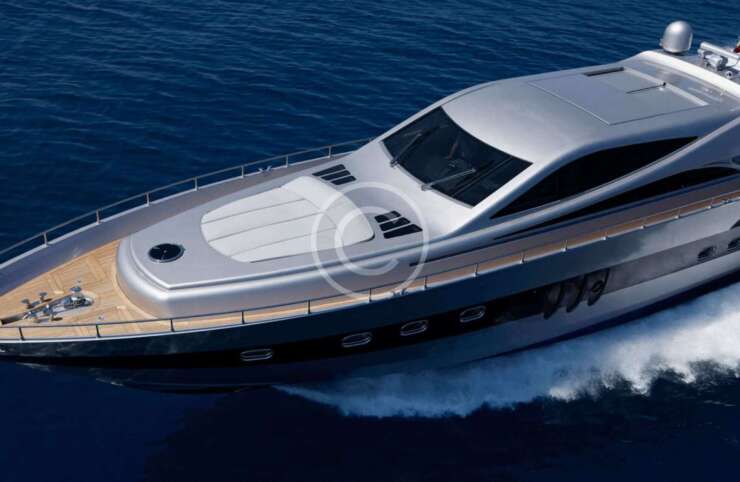
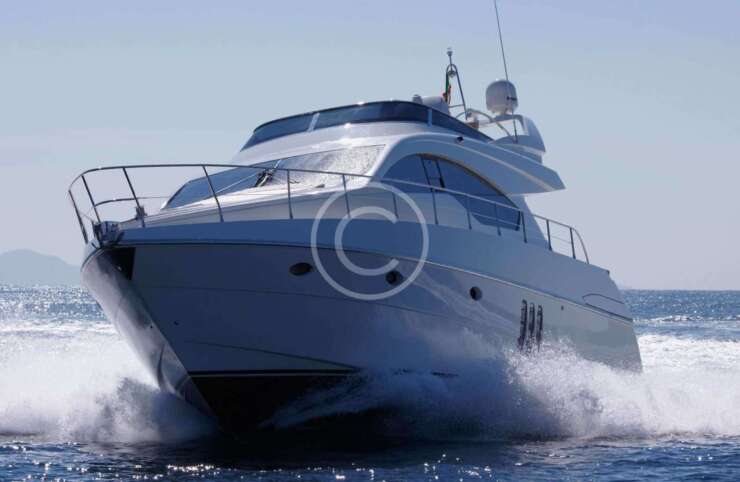
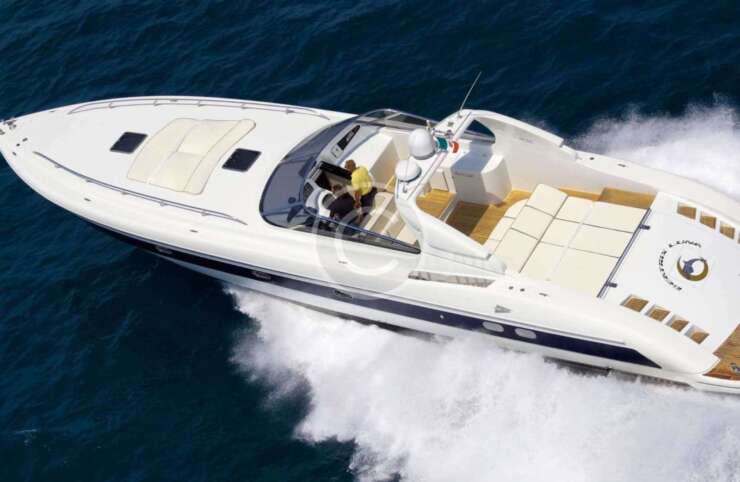
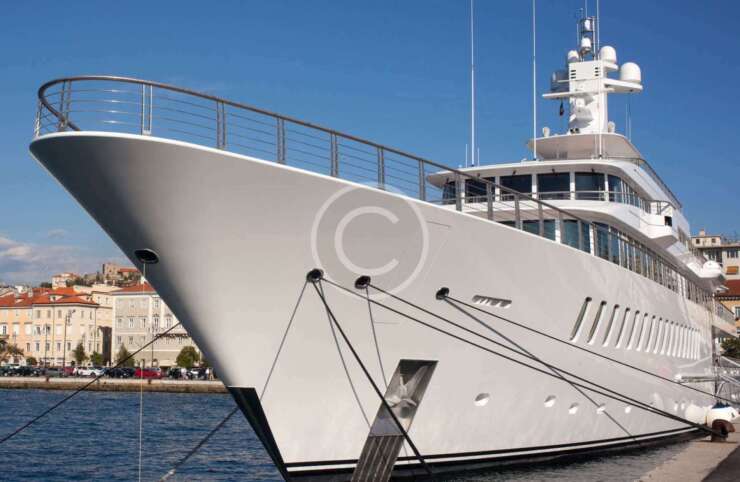
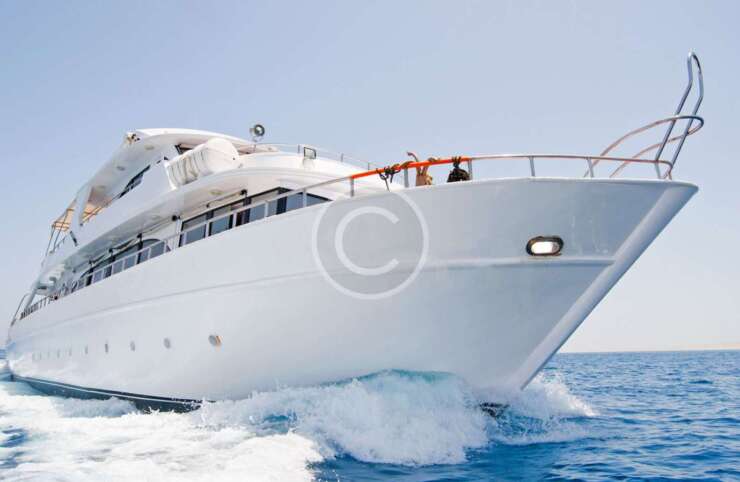
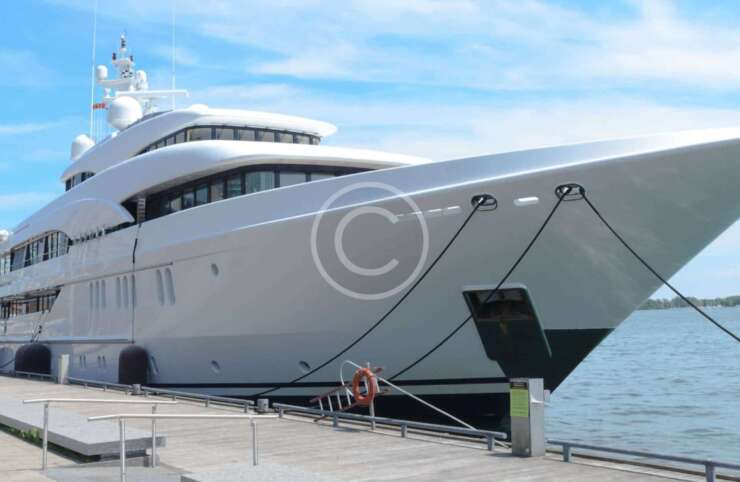
Our Gallery
Clients Say
Hiring a Skipper

Gorge Romero
Lorem est curabitur feugiat vestibulum nunc, consectetuer etiam facilisis consequat sit ligula. Tempor est luctus arcu metus. Tellus turpis nulla luctus malesuada, pellentesque libero integer, ipsum ut elementum sapien id placerat aliquam, quisque in, aenean nulla id. Posuere nulla luctus…

Dennis Schmidt
Lorem est curabitur feugiat vestibulum nunc, consectetuer etiam facilisis consequat sit ligula. Tempor est luctus arcu metus. Tellus turpis nulla luctus malesuada, pellentesque libero integer, ipsum ut elementum sapien id placerat aliquam, quisque in, aenean nulla id. Posuere nulla luctus…

Jeffrey Stevens
Lorem est curabitur feugiat vestibulum nunc, consectetuer etiam facilisis consequat sit ligula. Tempor est luctus arcu metus. Tellus turpis nulla luctus malesuada, pellentesque libero integer, ipsum ut elementum sapien id placerat aliquam, quisque in, aenean nulla id. Posuere nulla luctus…
Interested in Chartering
Your Yacht?
If you’re already an Oyster yacht owner and considering offering it for charter, please, contact our Manager to discuss making the most of this valuable opportunity.






